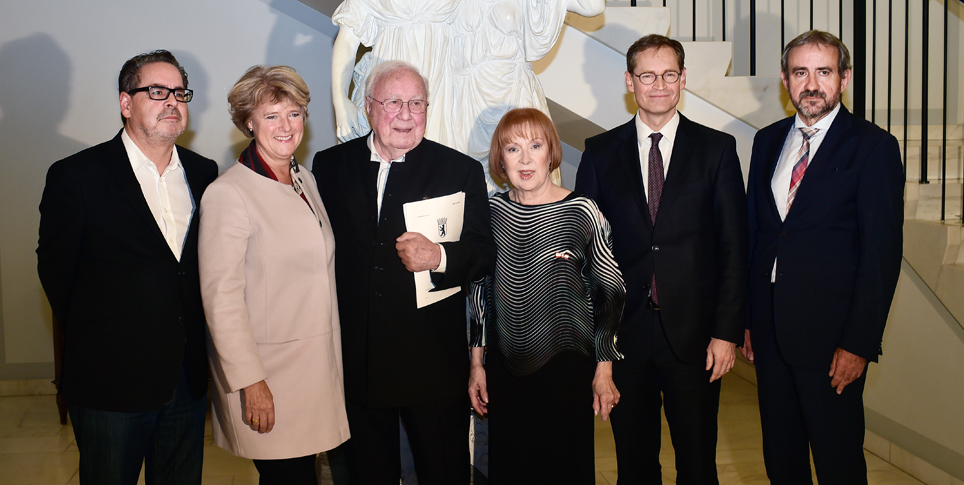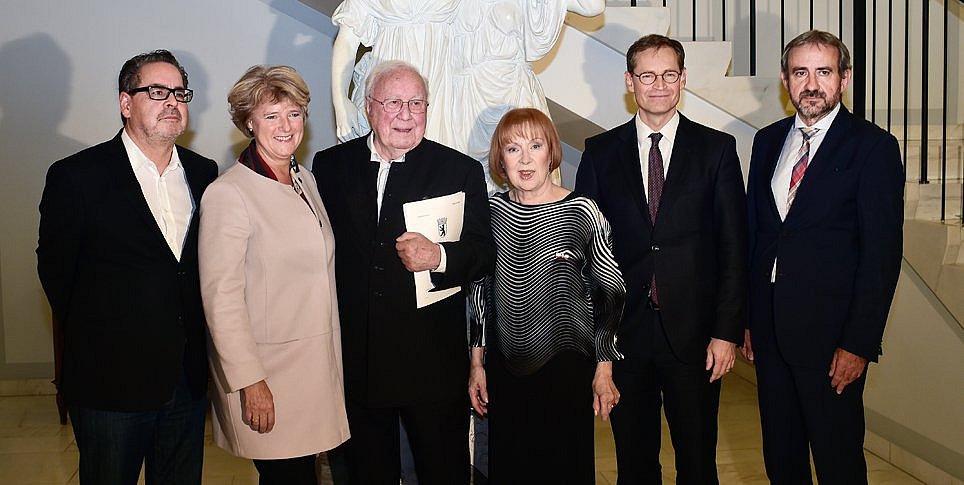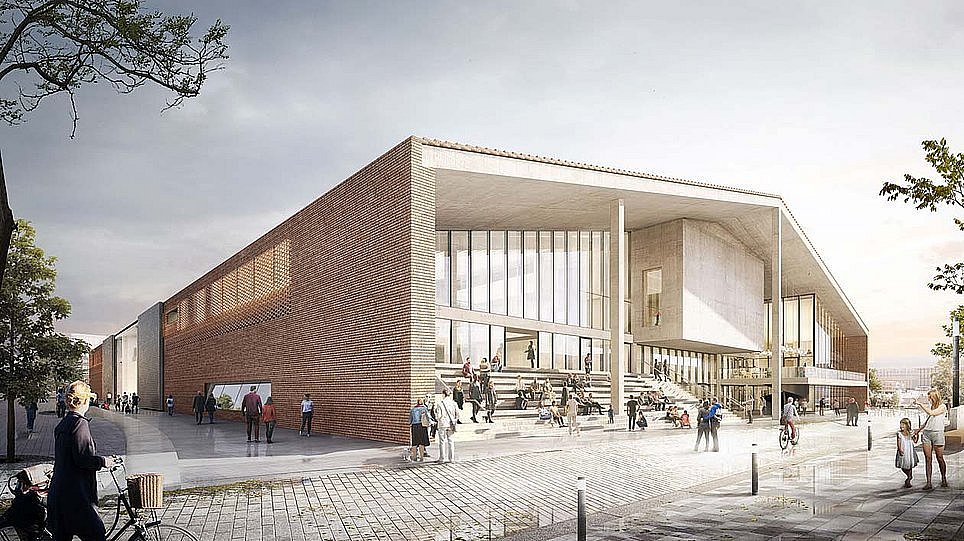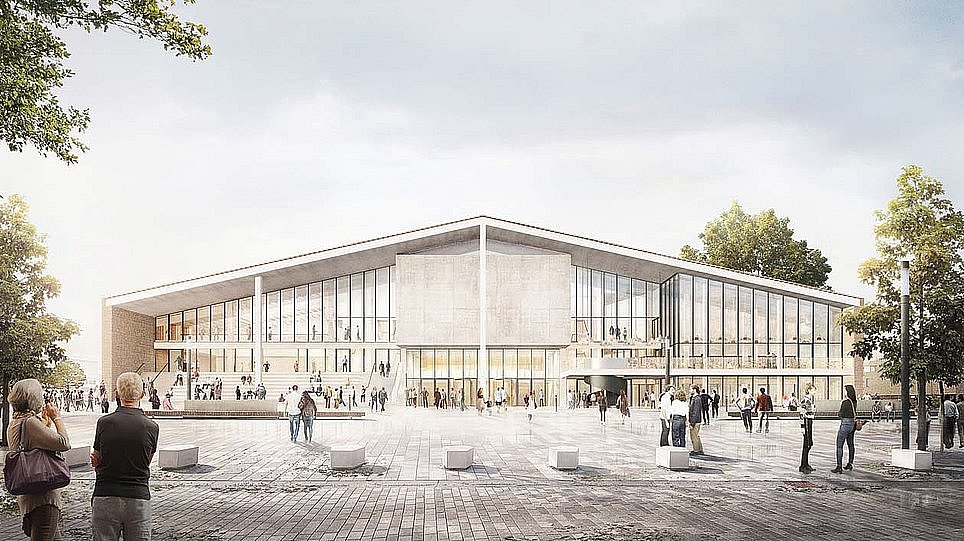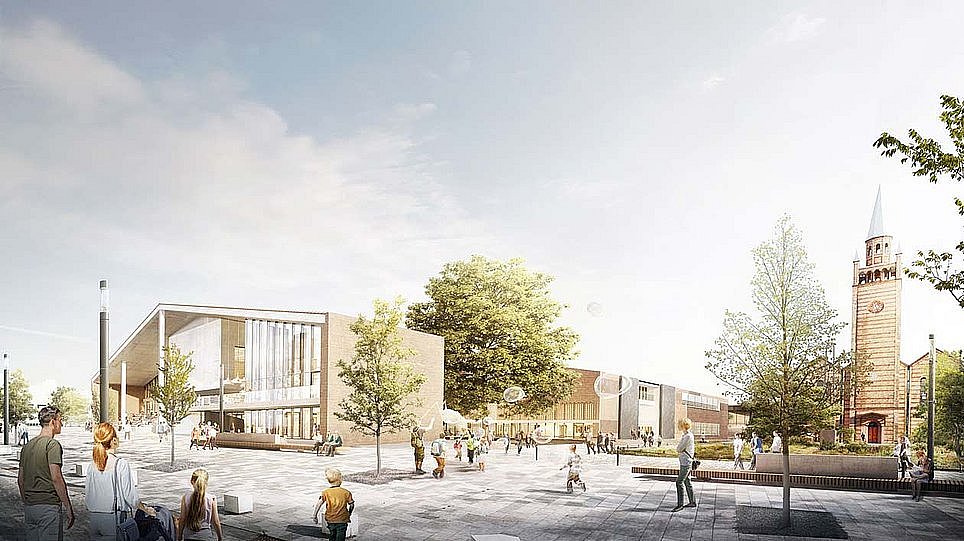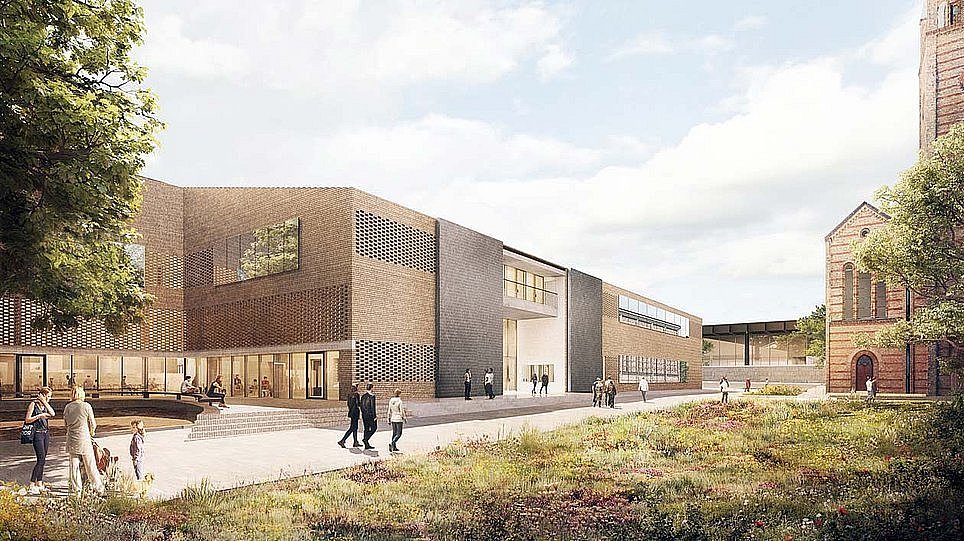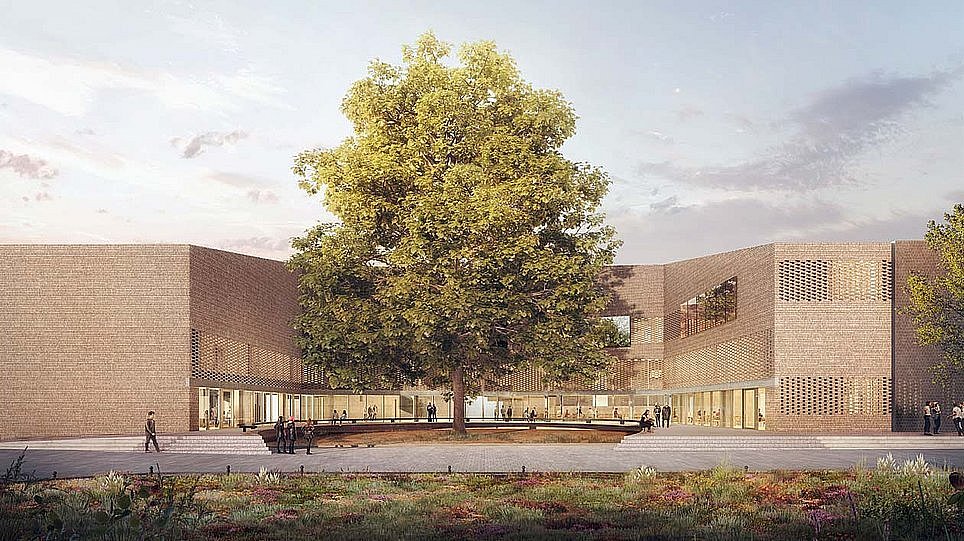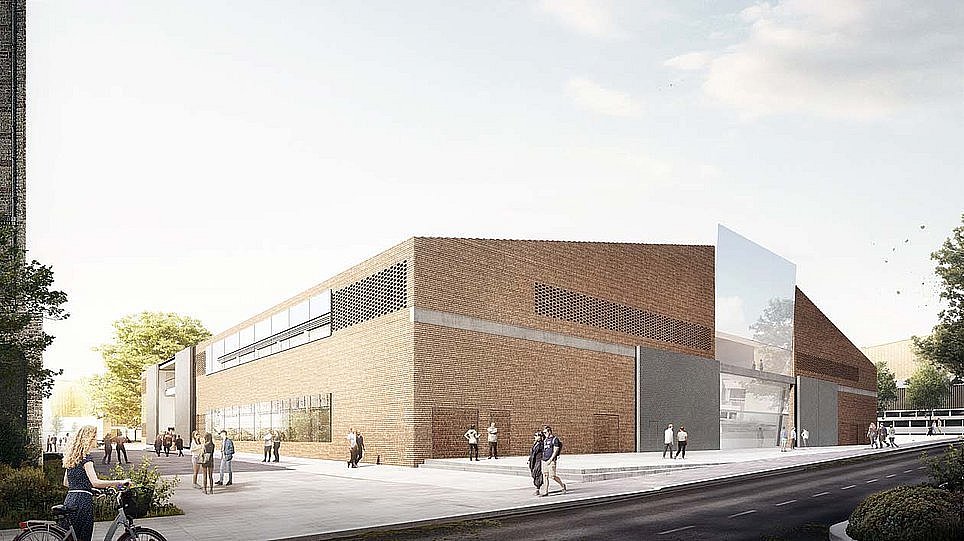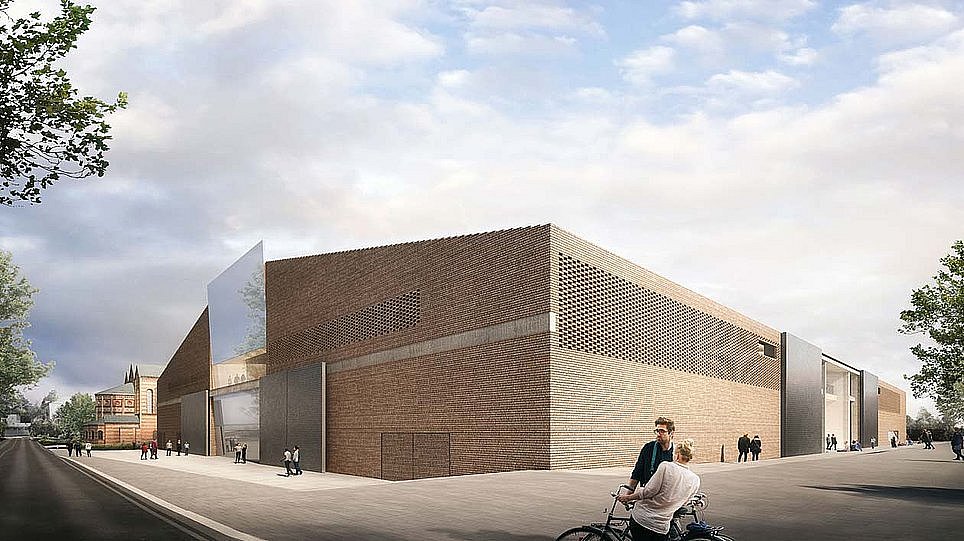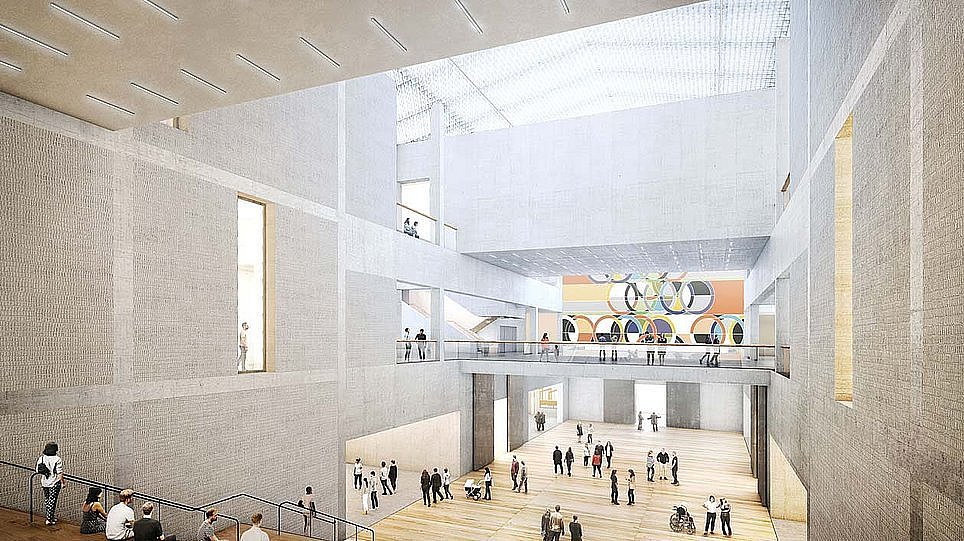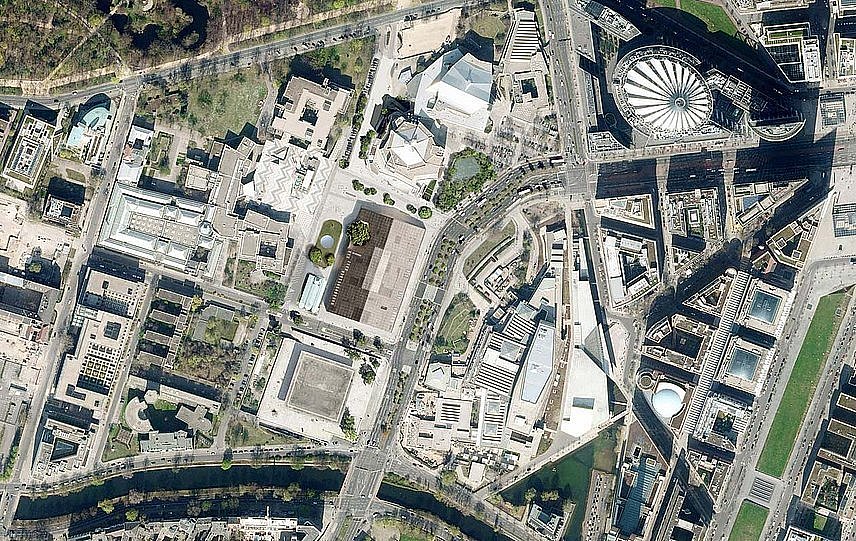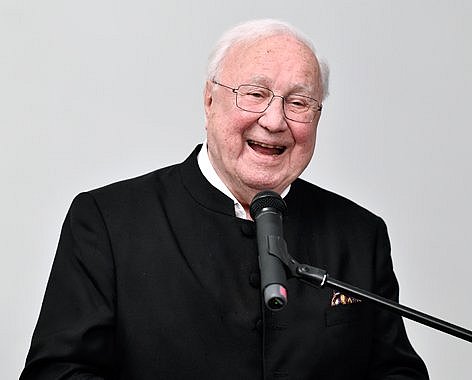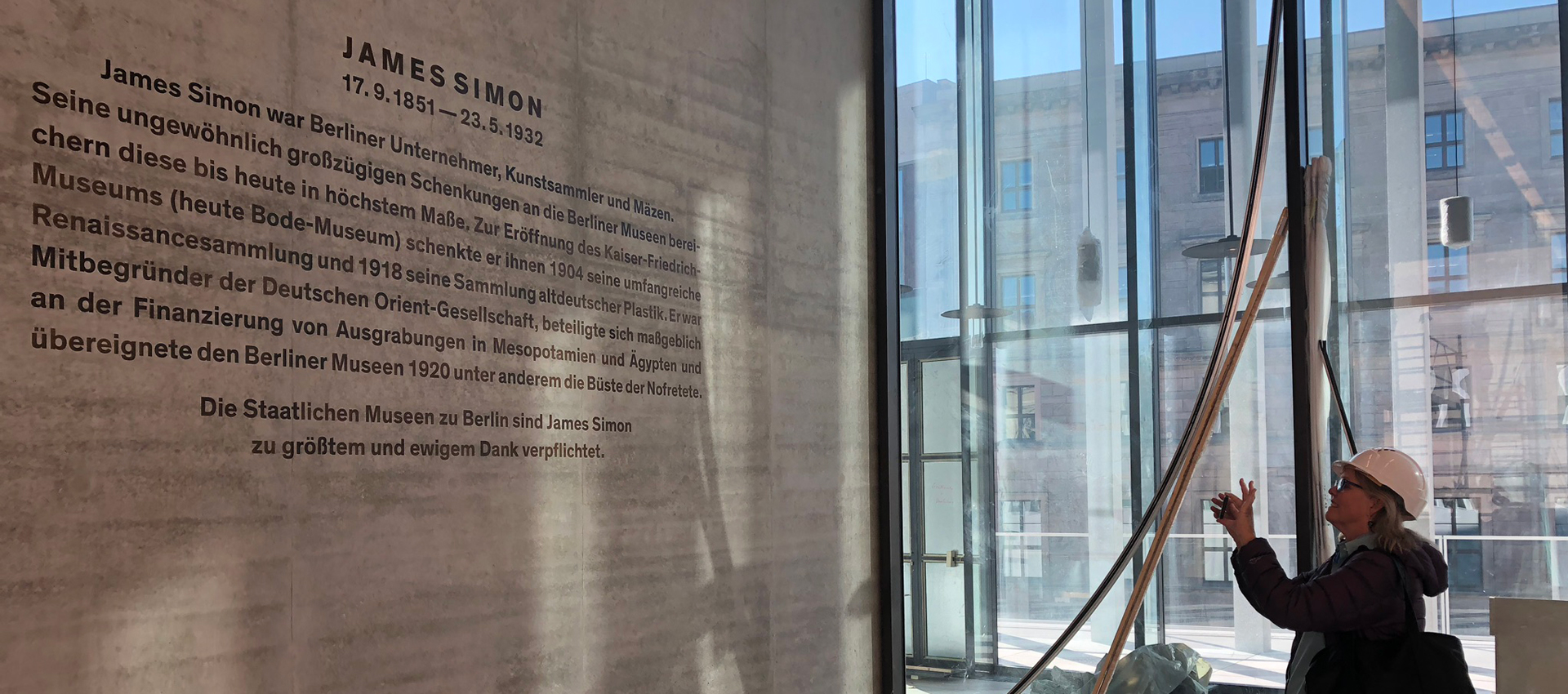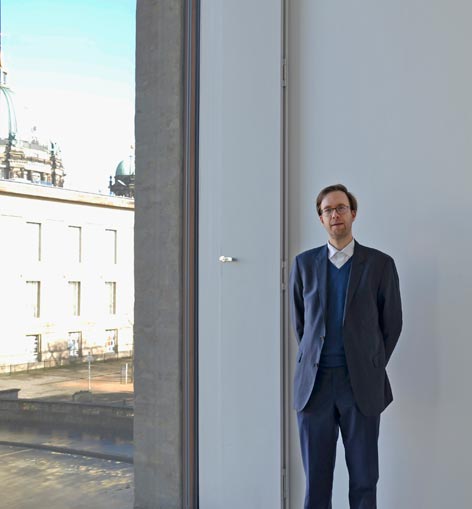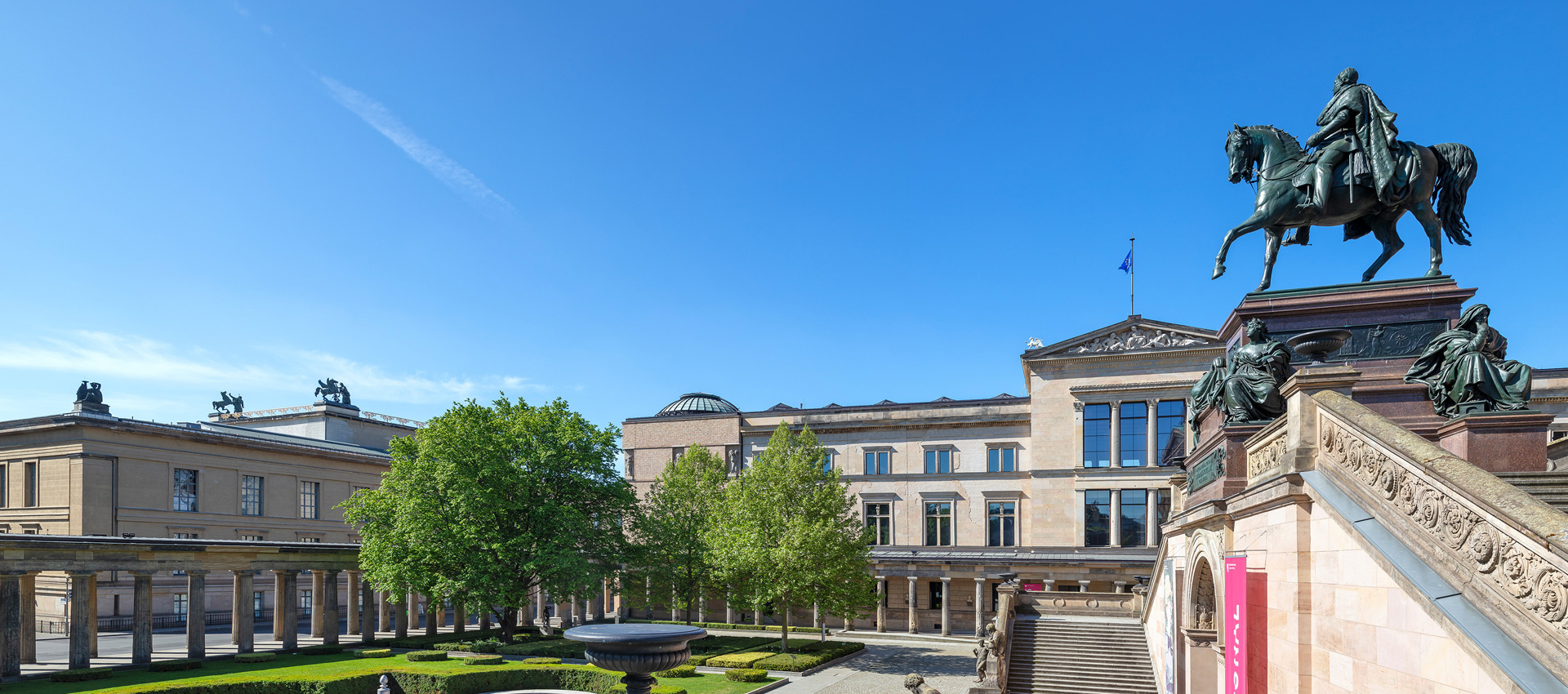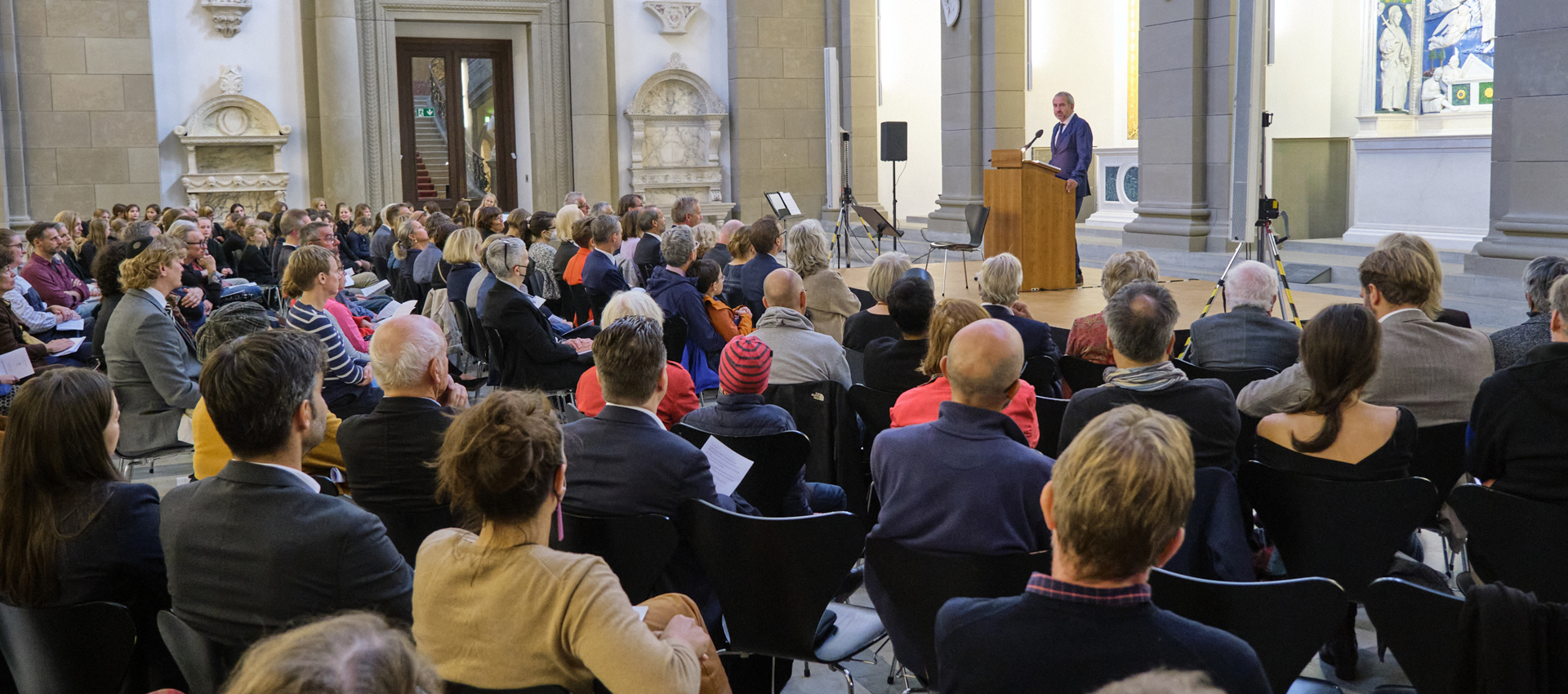Ulla and Heiner Pietzsch have been collecting great art for fifty years. Now, they are donating to the City of Berlin approximately 150 works by artists of the modern period, such as Max Ernst, René Magritte, Jackson Pollock, and Mark Rothko. The pictures will be permanently displayed at the new Museum des 20. Jahrhunderts at the Kulturforum.
Berlin owes much to its small suburb of Mahlsdorf: author Jurek Becker, ZDF television icon Maybrit Illner, founder of the Gründerzeit Museum Charlotte von Mahlsdorf – and Ulla Pietzsch. On November 30, 2016, the latter – together with her husband Heiner Pietzsch – presented the city with a most generous gift: one of the most important private collections of modern art around. As art-lovers as well as business people, they made the donation in part because the city had given them so very much, in both good times and bad times, as Mahlsdorf native Ulla Pietzsch explained in her address to the exclusive gathering at Villa von der Heydt. That is doubtless why she wore a badge with the Berlin flag on her lapel at the day's event.
Only to a museum, not a cellar
The company assembled underneath the chandelier on that evening included the Mayor of Berlin Michael Müller, Federal Government Commissioner for Culture and the Media Monika Grütters, outgoing Permanent Secretary for Culture Tim Renner, Rüdiger Kruse of the budget committee of the Bundestag (lower house of the German parliament), the former Director-General of the Staatliche Museen zu Berlin (National Museums in Berlin) Peter-Klaus Schuster, host and SPK President Parzinger, of course, and other "officials of the Berlin art scene, as well as politicians, who have shown such commitment to the museum," said Ulla Pietzsch gratefully in her address. The "museum" to which she was referring is the new building for twentieth-century art at the Kulturforum. Its creation was a prerequisite for the donation. Heiner Pietzsch explained his reason for that proviso – now satisfied – as follows: "My mother once said: 'The things you put in the cellar may as well be thrown out immediately. You never take them back out again anyway.' So to have art put in the cellar, which is common practice in Berlin, and have our pictures put there along with the rest – we definitely didn't want that. We will give you custody of the collection, but it must be displayed."
When the jury chose the design by architects Herzog & de Meuron on October 26, 2016, the long road from Dahlem to the Kulturforum, "which wasn't always a pure delight" – as Heiner Pietzsch says – was finally clear.
The promise of modern art
The pictures that the pair sometimes refer to as their "children" are currently still hanging in the Pietzsches' villa on the outskirts of town, among them a Francis Bacon in the living room. Strictly speaking, the long road mentioned by Heiner Pietzsch in his words of thanks began in a museum in Dresden in 1946. Sixteen years old at the time, he visited an exhibition there with works that had been branded "degenerate" by the Nazis. His enthusiasm aroused, the fascinated young man returned repeatedly to view the pictures. Was he drawn back by the promise offered in the luminous colors of these works of classical modernism amidst the grayness of ruined Dresden? Was it the fact that modern art had survived the horrific Nazi regime and, with its defeat, could finally be shared again?
The Pietzsches, at any rate, helped to do so by assembling their collection with passion and connoisseurship, beginning in the 1960s. Heiner liked the abstract expressionists; Ulla preferred the surrealists. And so they collected both. Since Heiner Pietzsch "didn't have a father who provided him with millions" and worked his way up from electrician to business owner, that wasn't always easy. To the horror of his chief financial officer, the pictures were bought with money from the current budget. The lady who held that position broke down in tears once or twice in view of these costly acquisitions and even resorted to a white lie or two at times, he says. Fortunately, this had no effect on him; the collection grew, and eventually the couple were faced with the question of what to do with the pictures. Taking the collection, which had been arduously assembled piece by piece over the course of fifty years in the face of great difficulties, and selling it off at an auction would have broken the hearts of both collectors, says Heiner Pietzsch. They both wanted to do the right thing for the collection and place it in good hands, where it would be treated well from a curatorial standpoint and with a view toward "preserving the beauty of the pictures."
And this is where things come full circle, because if there is any place in Berlin where someone could do that, it is at the Staatliche Museen zu Berlin of the Stiftung Preussischer Kulturbesitz, which is going to "look after" the pictures as a permanent loan from the state of Berlin. Heiner Pietzsch knew that very well. After all, he was treasurer of the Verein der Freunde der Nationalgalerie (Friends of the National Gallery) for ten years, and that is why he added this proviso to the gift.
Barn or no barn
As it happens, there was explicit praise at the thank-you ceremony for the fact that conditions were attached to the gift. Mayor Müller considered the pressure from the patrons to be absolutely necessary and good, because otherwise there would be no progress. Berlin, he said, needs people who aren't just spectators, but also play an active role in the development of the city, and get involved. It is thus due to the Pietzsches, to a certain extent, that the Kulturforum will soon be enriched and completed with a new museum – even though some may not approve of its design. On that topic, Commissioner for Culture and the Media Grütters had a pithy response: "Barn or not – I'm convinced it'll be marvelous."
